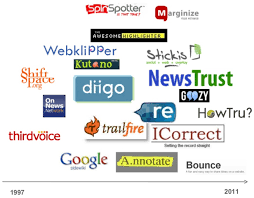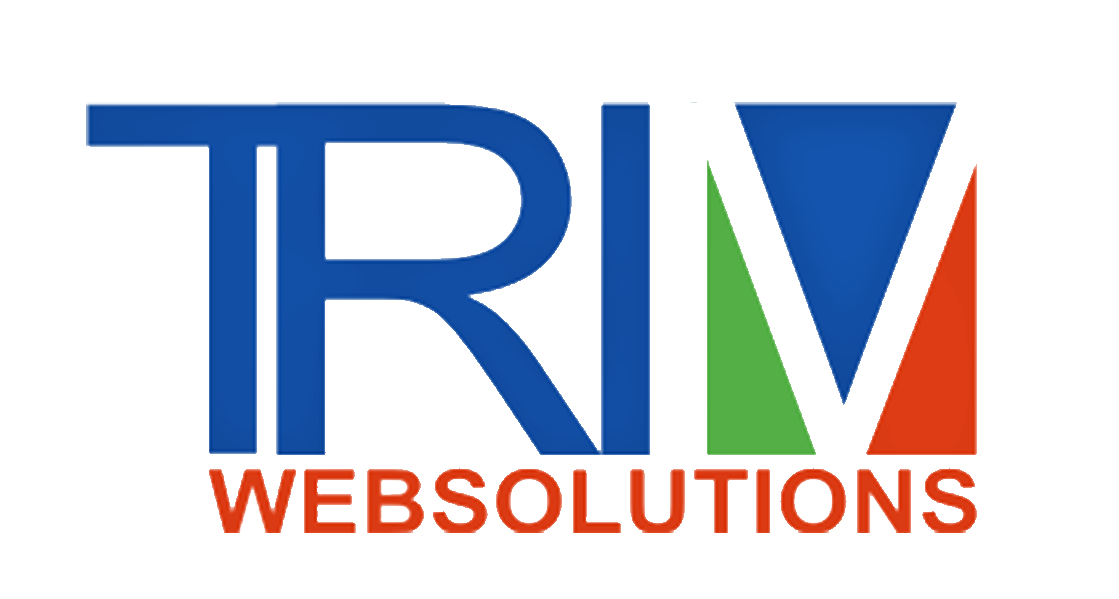Web Annotation: Enhancing Collaboration and Knowledge Sharing in the Digital Age

Introduction:
As the digital landscape continues to evolve, web annotation has emerged as a transformative tool that enables users to interact with web content in a more dynamic and collaborative manner. Web annotation empowers individuals and teams to annotate, highlight, and share valuable insights on digital content, fostering interactive learning and revolutionizing knowledge sharing. In this article, we explore the concept of web annotation, its functionalities, and its impact on collaboration and digital engagement.
What is Web Annotation?
Web annotation refers to the process of adding comments, notes, highlights, or additional context to digital content, such as web pages, articles, and documents. These annotations can be public or private, allowing users to engage with web content in a more personalized and interactive way. Web annotation tools are available as browser extensions, web applications, and integrated features within content management systems.
Functionalities of Web Annotation:
-
Highlighting and Underlining: Web annotation tools allow users to highlight and underline specific passages or text on web pages, making it easier to identify important information.
-
Commenting and Notes: Users can add comments and notes to elaborate on a point, share opinions, or provide additional insights related to the content.
-
Tags and Keywords: Annotations can be tagged with keywords or labels, enabling better organization and categorization of annotations for future reference.
-
Sharing and Collaboration: Web annotation facilitates easy sharing of annotated content with colleagues, students, or peers, fostering collaboration and discussion around specific topics.
Impact on Collaboration and Knowledge Sharing:
-
Interactive Learning: In educational settings, web annotation enhances interactive learning experiences. Students can annotate articles or research papers, engage in discussions, and gain deeper insights into the material.
-
Research and Content Curation: Researchers and content curators can use web annotation to gather and organize relevant information from multiple sources, creating a repository of valuable insights.
-
Collaborative Workflows: Web annotation streamlines collaborative workflows, allowing teams to provide feedback on web content, brainstorm ideas, and co-create valuable resources.
-
Peer Review and Feedback: Web annotation enables peer review and feedback on academic papers, blog posts, and other digital content, facilitating constructive criticism and improving overall quality.
Conclusion:
Web annotation has become an invaluable tool in the digital age, revolutionizing the way we engage with web content, collaborate, and share knowledge. By empowering users to add insights and context directly to web pages, web annotation enhances interactive learning, fosters collaborative work environments, and encourages dynamic knowledge sharing.
As technology continues to advance, web annotation will play an increasingly critical role in enabling meaningful interactions with digital information, bridging the gap between content consumers and content creators. Embracing web annotation as part of digital engagement strategies will pave the way for a more connected, informed, and collaborative future.
501 0 7
Write a Comments
* Be the first to Make Comment















